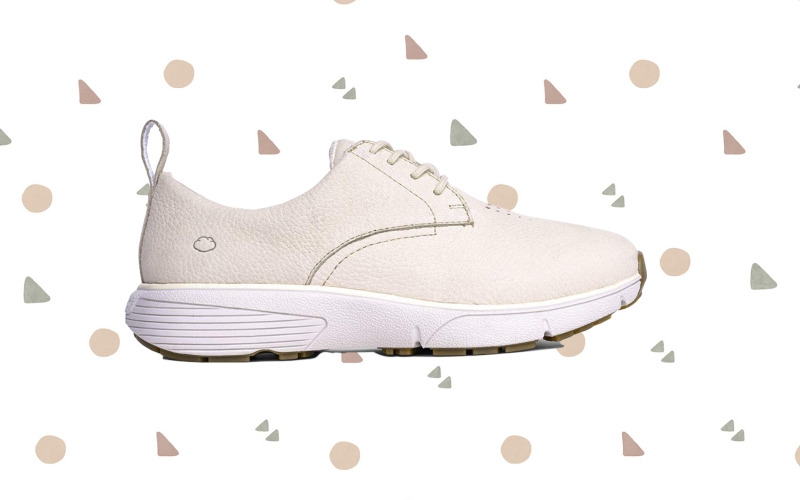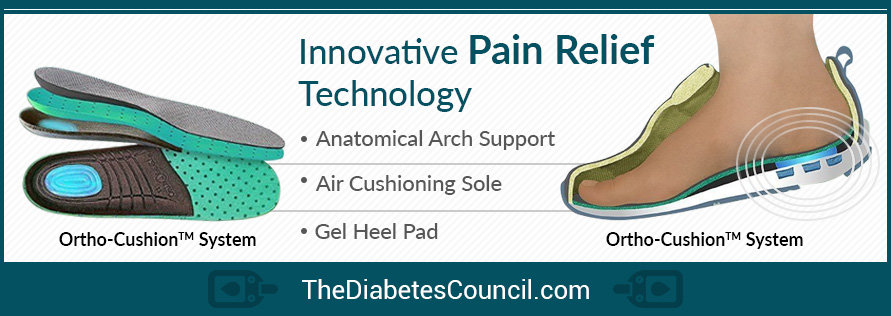Introduction: The Importance of Proper Footwear
Choosing the right footwear is crucial for everyone, but it becomes even more essential for individuals with diabetes. This article will explore the differences between diabetic shoes and regular shoes, focusing on their design, benefits, and how they cater to specific foot health requirements. We aim to provide valuable insights for those affected by diabetes, shoe enthusiasts, professionals, and business owners in the footwear niche.
What Are Diabetic Shoes?
Diabetic shoes are specifically designed to reduce the risk of foot complications for individuals with diabetes. These shoes often come with various medical-grade features intended to provide comfort, support, and protection. For instance, diabetic shoes usually boast a wide toe box, proper cushioning, and breathable materials to help prevent issues like blisters, calluses, and ulcers that are often more pronounced in diabetic patients. According to the American Diabetes Association, foot-related complications can be a significant concern, increasing the importance of appropriate footwear.
Features of Diabetic Shoes
- Extra Depth: Provides ample room for foot deformities.
- Wide Toe Box: Reduces pressure points and allows for natural toe splay.
- Removable Insoles: Accommodates custom orthotics or insoles.
- Soft Materials: Prevents irritation and friction.
- Good Arch Support: Helps alleviate strain on the foot’s structure.
What Are Regular Shoes?
Regular shoes are designed more for fashion and everyday use than for foot health. They come in various styles, shapes, and materials, intended to serve different purposes, from casual outings to formal events. While many regular shoes offer comfort, they may not provide the required support or features necessary for diabetic individuals. For example, a pair of stylish dress shoes may look great but can create pressure points that worsen foot issues for someone with diabetes.

Features of Regular Shoes
- Variety of Styles: Available in numerous colors, designs, and materials.
- Fashion-Oriented: Prioritizes aesthetics over medical functionality.
- Varying Comfort Levels: Some may lack the necessary support.
- General Sizing: Rely on standard sizes without customization options.
Comparison Table: Diabetic Shoes vs. Regular Shoes

| Feature | Diabetic Shoes | Regular Shoes |
|---|---|---|
| Support | High, with specialized arch and heel support | Varies by style; often minimal |
| Comfort | Designed for long-term wear without discomfort | Often less comfortable for prolonged use |
| Customization | Removable insoles for custom orthotics | Standard insoles; limited customization |
| Price | Generally higher due to specialized features | Wide price range; often lower |
| Style | Limited styles; focuses on function | Variety of styles; aimed at fashion |
The Importance of Choosing the Right Footwear
Wearing the right shoes is vital for diabetes management. Improper footwear can lead to serious complications, including ulcers and infections, which may require surgical intervention or even limb amputation in extreme cases. A study published in the Diabetes Care Journal emphasizes that regular foot assessments and the use of appropriate footwear can significantly reduce diabetes-related foot complications. Individuals must prioritize their foot health and choose shoes that cater to their specific needs.

Real-World Experiences with Diabetic and Regular Shoes
Let’s dive into some real-world experiences to highlight the differences between diabetic shoes and regular shoes. For instance, take the case of Mike, a 58-year-old man diagnosed with type 2 diabetes. After noticing some discomfort in his feet, he decided to invest in diabetic shoes. Mike noted a considerable improvement in his comfort level, especially during long walks. He mentioned that the extra depth and support helped alleviate the rubbing and blisters he often experienced with his regular shoes.
In contrast, Sarah, a fashion enthusiast, often wore stylish yet uncomfortable regular shoes. Although she loved her designer heels, she frequently faced problems like blisters and soreness, especially during social events. After some time, Sarah realized that her fashion choices were adversely affecting her foot health. In her case, the aesthetic appeal of regular shoes overshadowed the key aspect of comfort, reminding us that sometimes looks should not take precedence over health.
Case Studies: Insights from Diabetic Shoe Users
The Impact of Proper Footwear on Quality of Life
A research study involving diabetic patients showcased the significant benefits of wearing diabetic shoes. The study monitored 100 participants over six months, with half wearing diabetic shoes and half wearing regular shoes. The results revealed that those wearing diabetic shoes reported a 40% reduction in foot-related complications. The study concluded that proper footwear significantly enhances the quality of life for diabetic patients.

Personal Testimonies
Several users have shared their testimonials after making the switch to diabetic shoes. Tom, a 65-year-old retired veteran, shared, “Switching to diabetic shoes was a game-changer for me. I used to avoid long outings because of foot pain. Now, I can walk in comfort again.” Similarly, Linda, a mother of two, said, “Before diabetic shoes, I was constantly worried about cuts and sores on my feet. Since I switched, I’ve had no issues at all!” These testimonies emphasize that while regular shoes may be trendy, diabetic shoes offer much-needed support and comfort for those at risk.
Pros and Cons of Diabetic Shoes
Pros
- Reduced likelihood of foot injuries and complications
- Extra cushioning and support for sensitive feet
- Customizable options for individual needs
- Often covered by insurance, depending on the diagnosis
Cons
- Higher initial cost compared to regular shoes
- Limited fashion options in some instances
- Availability may be restricted to certain medical suppliers

Tips for Choosing Diabetic Shoes
- Consult a Specialist: Always consult a healthcare provider or podiatrist when selecting diabetic footwear.
- Prioritize Fit: Ensure the shoes fit well and allow for some wiggle room for your toes.
- Check for Cushioning: Look for shoes with adequate cushioning to minimize impact on your feet.
- Evaluate Breathability: Choose materials that allow for adequate airflow to keep your feet dry.
- Try Before You Buy: Always try on shoes and walk around to assess comfort level before making a purchase.
Product Highlights: Recommended Diabetic Shoes
Top 3 Diabetic Shoes
Here are three highly recommended options for diabetic footwear:

1. New Balance 990v5
A favorite among many diabetic patients, the New Balance 990v5 offers excellent cushioning and support. The shoe’s breathable mesh upper keeps your feet comfortable, while the custom orthotic compatibility makes it ideal for those requiring additional arch support.
2. ASICS Gel-Kayano 27
Known for its superior cushioning, the ASICS Gel-Kayano 27 features a spacious toe box and fantastic arch support. This option is perfect for those who enjoy walking and running without compromising comfort.

3. Brooks Ghost 13
The Brooks Ghost 13 excels in providing softness and support, making it a fantastic choice for those who spend long hours on their feet. Its lightweight design adds to its appeal, ensuring users won’t feel weighed down.
FAQs: Diabetic Shoes and Regular Shoes
1. Are diabetic shoes covered by insurance?
Many insurance plans cover diabetic shoes if prescribed. Always check with your provider.
2. Can I wear regular shoes if I have diabetes?
While you can wear regular shoes, it’s not recommended due to the potential for foot complications. Diabetic shoes are designed to reduce risks.
3. How often should I get new diabetic shoes?
It is advisable to replace diabetic shoes every six months to a year or sooner if they show signs of wear and tear.
4. What should I look for when buying diabetic shoes?
Look for extra depth, wide toe boxes, soft materials, and the ability to accommodate custom orthotics.
5. Are there stylish diabetic shoes available?
Yes, many brands now offer stylish options that cater to diabetic needs without sacrificing aesthetics.
6. Can diabetic shoes prevent foot problems?
While they can significantly reduce the risk of foot problems, it’s essential to maintain foot hygiene and regular check-ups.
7. How can I determine the right size for diabetic shoes?
Measure your foot size regularly, and try shoes on in the afternoon when feet tend to swell.
8. Is there a difference between diabetic sandals and shoes?
Yes, diabetic sandals often have open-toe designs and may provide less support than traditional shoes, but they can still be a comfortable option.
9. Can I modify my regular shoes to make them suitable for diabetes?
While some modifications are possible (like adding insoles), starting with diabetic shoes is generally more effective for foot health.

Conclusion: Prioritize Your Foot Health
Understanding the differences between diabetic shoes and regular shoes is vital for managing diabetes and preventing foot complications. While regular shoes may offer style and comfort for everyday wear, diabetic shoes are specifically engineered to protect against foot-related issues. By prioritizing foot health and making informed footwear choices, individuals with diabetes can significantly improve their quality of life. Always consult with healthcare professionals to ensure that your footwear meets your unique needs.